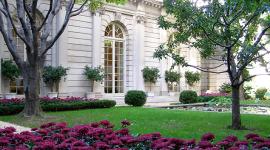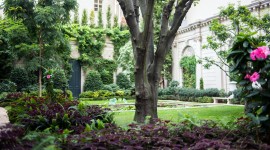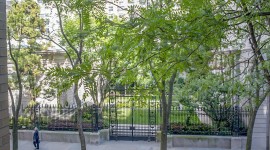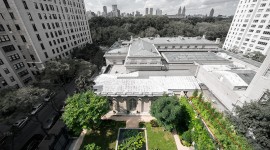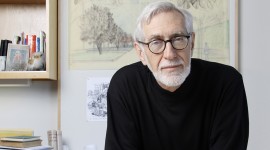Frick Collection Garden - SAVED
Approximately one year after officials at the Frick Collection in New York announced an expansion plan that would have destroyed a rare surviving US public commission by the internationally influential British landscape architect Russell Page (1906-1985), the plan was abruptly abandoned following a hailstorm of sustained criticism.
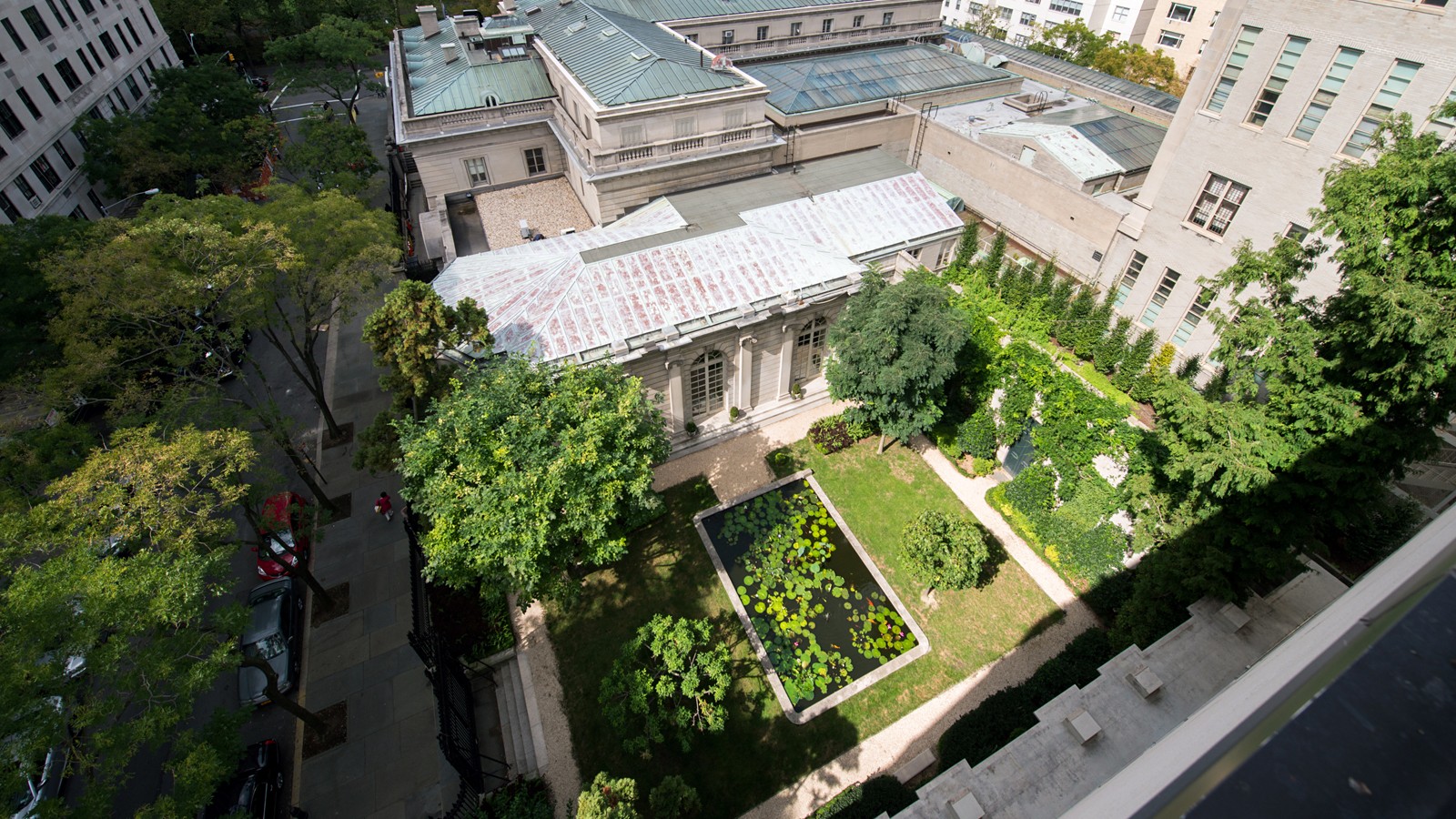
Unlike other controversial museum expansions in New York, which center on buildings that would be demolished, the Frick case involved an exceptional work of landscape architecture, and the discourse around it raised the visibility of designed landscapes. Indeed, Frick director Ian Wardropper acknowledged the garden’s importance, as quoted by the Associated Press: “Calling the opposition a ‘public outpouring of affection for the garden,’ Wardropper said in a telephone interview Thursday that it was the main factor in the board's decision to abandon the plan.”
It didn’t start out that way, however. Initial media reports in early June 2014 made scant mention of the garden and said nothing of Page. A Huffington Post article in late June by TCLF President & CEO Charles A. Birnbaum, "Here's What's Missing in the Debate Over the Frick Collection's Proposed Expansion," was the first to discuss Page’s contribution and provide context for the significance of his design. TCLF shared this information with the New York-based Unite to Save the Frick coalition, which launched an online petition, and helped shape the issue and make it the focal point of opposition to the proposed expansion. A month later New York Times architecture critic weighed in strongly against the Frick plan and wrote: “Great public places and works of landscape architecture deserve to be treated like great buildings.”
Central to the Frick’s argument was the notion that the garden was temporary, and that for several decades the museum had been acquiring adjacent properties with the intent of building an addition. Birnbaum’s August 26, 2014 Huffington Post article, "That 'Temporary' Frick Garden - It Was Created to Be Permanent," fundamentally undermined that assertion.
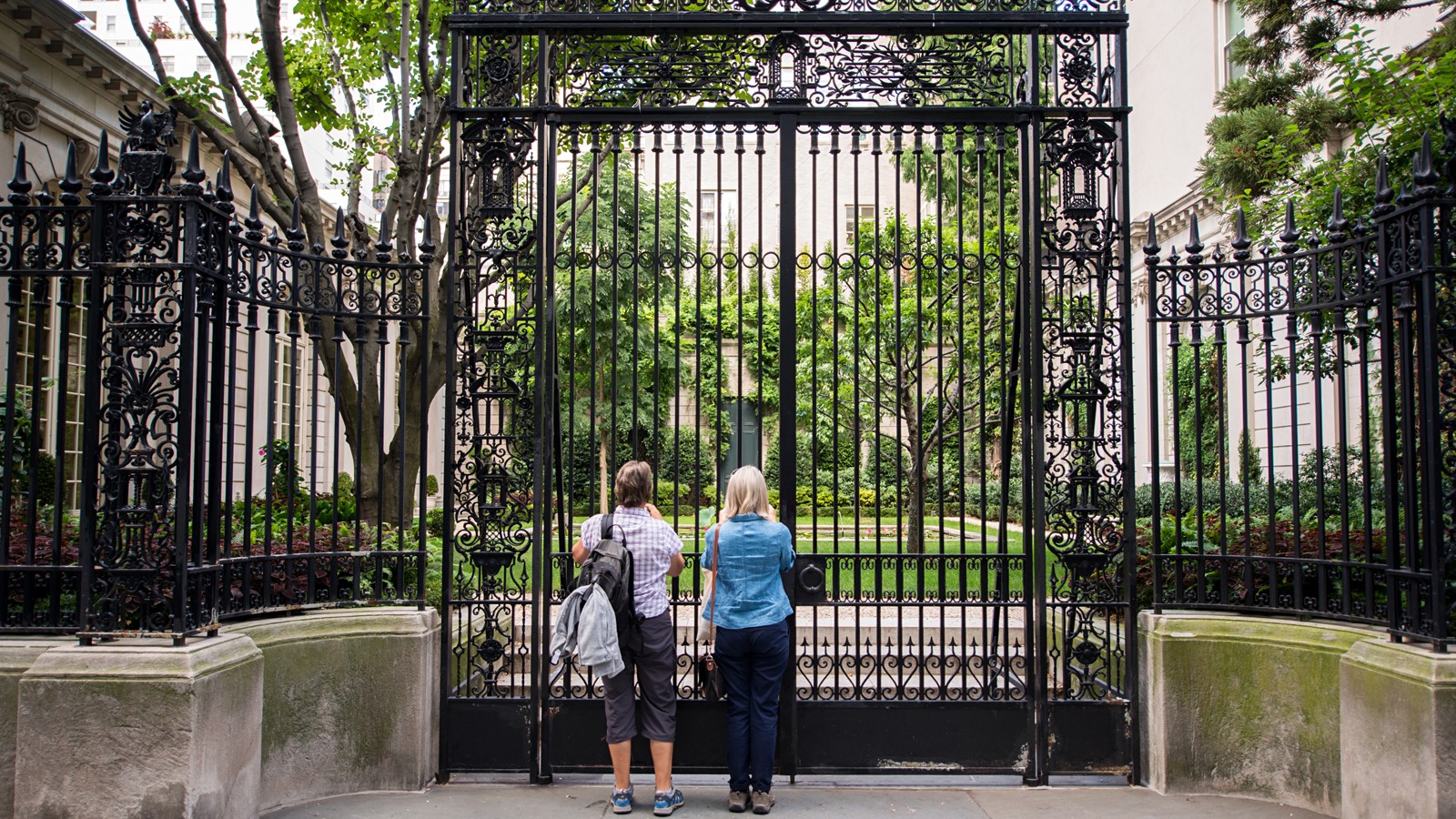
Throughout the balance of the year and into 2015, opposition continued to mount. Unite to Save the Frick systematically assembled a broad coalition including prominent architects, designers, artists and others including Robert A. M. Stern, and Maya Lin. Everett Fahy, the Frick’s director when Page was commissioned to design the garden, decried the proposed addition as “awful” in an interview with Bloomberg News Executive Editor Manuela Hoelterhoff. The Garden Club of America and the New York Chapter of the American Society of Landscapes Architects came out against the expansion plan followed by the widely respected Municipal Art Society. Unite also commissioned an architecture firm that developed alternative plans that addressed the museum’s programmatic needs without destroying the garden. Significantly, TCLF included the Frick’s garden in Landslide 2014: Art and the Landscape.
Kimmelman again weighed in during opening remarks at an event in honor of the 50th anniversary of New York City’s Landmarks Law. In noting that there was “next to zero support” for the proposed expansion, he called upon the City’s Landmarks Preservation Commission to “prevent a historic mistake” and not support the proposed expansion. Times reporter Robin Pogrebin broke the news on June 4 about the Frick’s reversal, and Kimmelman followed up with an analysis that included word that the city’s mayor had intervened: “City Hall did the right thing this week, nudging the Frick Collection back to the drawing board, where it should have returned a year ago,” he wrote adding, “The administration of Mayor Bill de Blasio let the Frick know that the proposal couldn’t survive the gantlet of the Landmarks Preservation Commission.”
Kimmelman’s article includes this necessary context and perspective: “Not just buildings but the spaces between those buildings should command our respect and shape policy toward development and preservation. Saving the garden has helped open up a fresh public conversation about urbanism and street life.”
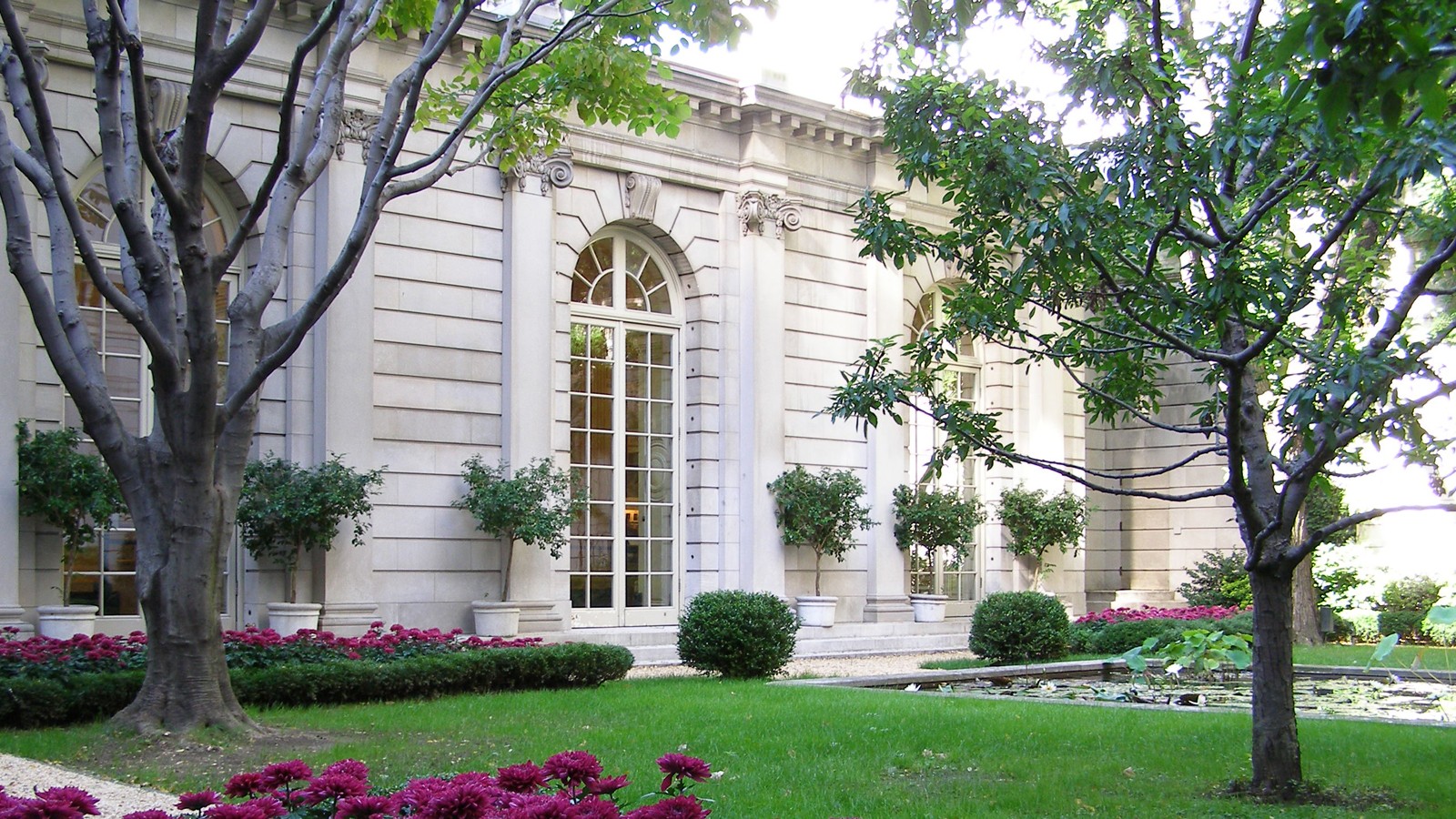
As cathartic as the process was, the debate about the Frick ultimately succeeded in raising the visibility of designed landscapes and the designers who create them. Specifically, Page’s contribution was acknowledged and contextualized, and his design intent was explored. Thanks to thoughtful media coverage, such as that from Kimmelman, there is a now a new baseline for discussions about our shared landscape legacy, one that will be more inclusive and inquisitive, and that can only benefit our collective stewardship.




